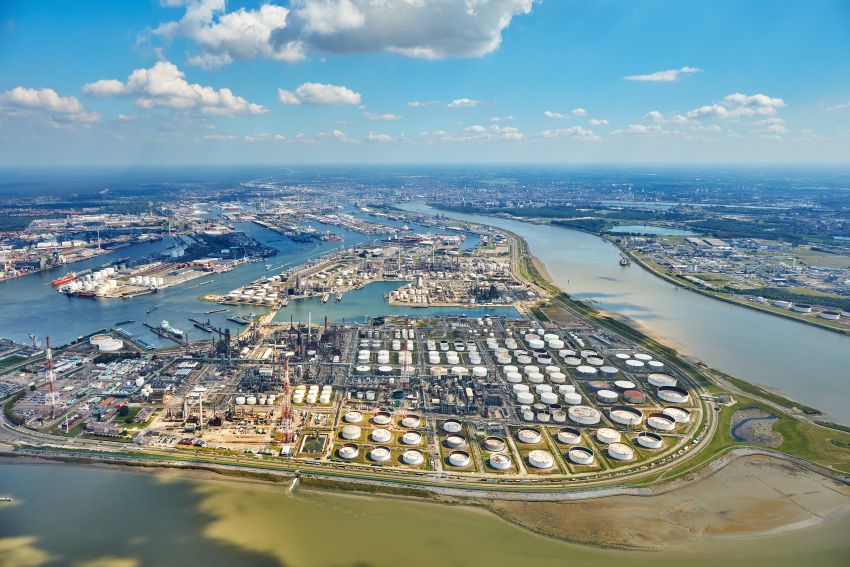TotalEnergies and Air Liquide Partnership for Offshore Wind-Powered Hydrogen Production
Key Ideas
- TotalEnergies and Air Liquide sign agreements to develop offshore wind-powered projects for green hydrogen production, aiming to significantly reduce CO2 emissions.
- Two projects in the Netherlands and Belgium will generate a total of 45,000 tons of green hydrogen annually, with plans to cut emissions by up to 450,000 tons per year.
- The partnership aligns with TotalEnergies' goal to decarbonize its European refineries by 2030, with a projected reduction of three million tons of CO2 emissions annually.
- Air Liquide's involvement in the projects demonstrates a commitment to low-carbon hydrogen production and supporting Europe's decarbonization efforts.
French energy major TotalEnergies and compatriot industrial gas supplier Air Liquide have entered into agreements to develop projects for offshore wind-powered production and delivery of green hydrogen. The projects will focus on generating around 45,000 tons of green hydrogen annually, primarily using renewable power from the OranjeWind offshore wind farm in a joint effort by TotalEnergies and RWE. These initiatives aim to reduce CO2 emissions from TotalEnergies' refineries in Belgium and the Netherlands by up to 450,000 tons per year, contributing to European renewable energy targets. One project involves setting up a 250 MW electrolyzer near the Zeeland refinery in the Netherlands, expected to produce 30,000 tons of green hydrogen annually and cut emissions by 300,000 tons. Another agreement with Air Liquide will see the production of 15,000 tons per year of green hydrogen for TotalEnergies' platform in Antwerp, Belgium, using renewable electricity from the OranjeWind project. TotalEnergies plans to use low-carbon hydrogen to decarbonize its European refineries, aiming to reduce annual CO2 emissions by three million tons by 2030. Air Liquide's participation underscores a commitment to low-carbon hydrogen production and supporting Europe's efforts to achieve carbon neutrality by 2050.
